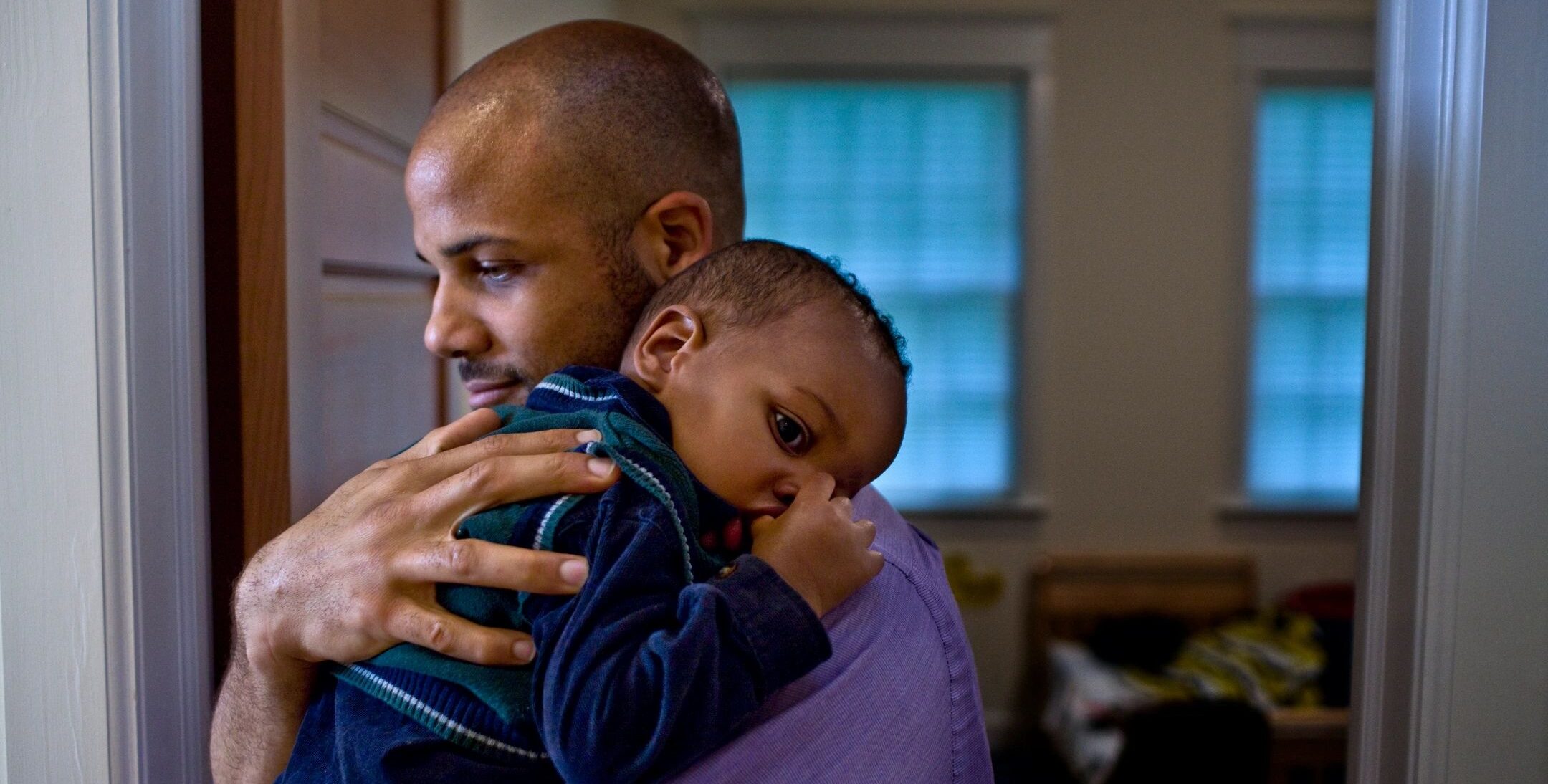Tantrums are a universal part of early childhood, often leaving parents feeling frustrated, helpless, or even embarrassed. But science reveals that tantrums are not a sign of bad parenting or a “spoiled” child—they are a normal and necessary part of how young children develop emotionally and neurologically. The root cause lies in the developing brain: toddlers and preschoolers have an underdeveloped prefrontal cortex, the region responsible for logical thinking and emotional regulation. This means that young children are naturally impulsive, emotional, and illogical, and their ability to manage big feelings is limited until their brains mature, typically between ages five and nine.
Tantrums often occur when children are overwhelmed, tired, hungry, or dealing with changes in routine. They can also be triggered by frustration, a desire for autonomy, or simply because a child lacks the words to express complex emotions. Understanding that tantrums are a developmental stage—not a behavioural flaw—can help parents respond with empathy and patience.
Why Suppressing Your Emotions or Yelling Doesn’t Work
When faced with a screaming, flailing child, it’s natural for parents to feel their own emotions surge. However, research shows that suppressing your feelings or responding with yelling and harsh discipline is counterproductive. Yelling at children can actually worsen their behavior, create fear, and damage self-esteem. Studies have found that frequent exposure to yelling can alter a child’s brain development, particularly in areas related to emotion, memory, and stress response. This can lead to long-term issues with anxiety, depression, and emotional regulation.
Suppressing your own emotions isn’t the answer either. Bottling up frustration can lead to emotional outbursts later or create an emotionally distant environment, which children can sense. Instead, acknowledging your feelings and modelling healthy emotional expression teaches your child valuable coping skills.
The Power of Parental Warmth and Responsiveness
Decades of psychological research underscore the importance of parental warmth and responsiveness in raising emotionally healthy children. Warmth refers to showing affection, understanding, and acceptance, while responsiveness means tuning in to your child’s cues and needs, and responding appropriately and consistently.
Children who experience high levels of parental warmth and responsiveness are more likely to develop strong emotional regulation, social skills, and self-esteem. They are also less likely to struggle with anxiety, depression, or behavioral problems. Responsive caregiving builds secure attachment, which is the foundation for healthy emotional and social development.
What does responsiveness look and sound like?
-
Getting down to your child’s level, making eye contact, and listening to their feelings without judgment.
-
Using a calm, gentle voice to acknowledge their distress: “I see you’re upset because you wanted to play longer. It’s hard to stop when you’re having fun.”
-
Offering comfort through physical touch, such as a hug or holding their hand.
-
Helping them name their feelings: “You’re feeling frustrated because the blocks fell down.”
-
Setting clear, consistent boundaries with empathy: “I can’t let you hit, but I’m here to help you calm down.”
Why Regulating Your Own Emotions Matters
Parental self-regulation is the cornerstone of effective, compassionate parenting. When you manage your own emotional responses, you provide a model for your child to follow. Children learn how to handle big feelings by watching how their parents cope with stress, disappointment, or anger.
Being emotionally self-regulated means being aware of your feelings, understanding their triggers, and using healthy strategies—like deep breathing or taking a brief pause—before responding. This doesn’t mean you never get upset; it means you handle your emotions constructively. When parents remain calm and present, children feel safer and are less likely to escalate their own distress.
How to Show Up for Your Child During a Tantrum
Showing up for your child during a tantrum means offering support, not punishment. Here’s how you can help:
-
Stay calm: Take a few deep breaths and remind yourself that your child’s behavior is not personal—it’s developmental.
-
Acknowledge feelings: Let your child know you understand their emotions, even if you don’t agree with their behavior.
-
Offer comfort: Sometimes, a gentle touch or simply being present is enough to help your child feel secure.
-
Set boundaries: It’s okay to enforce limits (“I can’t let you throw things”), but do so with empathy, not anger.
-
Wait it out: Sometimes, the best support is to sit quietly nearby until the storm passes, showing your child you’re there for them no matter what.
Practical Tips for Minimizing Tantrums
While tantrums can’t be eliminated entirely, parents can reduce their frequency and intensity by:
-
Maintaining consistent routines to provide a sense of security.
-
Ensuring your child gets enough sleep and regular meals to prevent fatigue and hunger triggers.
-
Giving choices when possible to foster autonomy (“Would you like the red cup or the blue cup?”).
-
Teaching and modelling how you notice your own emotions and how you move past them. (If this is something you struggle with, Curious Neuron can support you! Join The Reflective Parent Club to build your self-awareness, learn emotion regulation skills from a neuroscientist specializing in emotional health and to feel supported doing this with a community of parents)
-
Practicing your own self-care to maintain emotional reserves for challenging moments.
Final Thoughts: Respond with Warmth, Not Reactivity
Tantrums are a normal part of childhood, rooted in brain development and emotional growth. The best way to help your child is to respond with warmth and responsiveness, not punishment or suppression. By regulating your own emotions, showing empathy, and providing a secure, supportive presence, you teach your child how to manage their own feelings—laying the foundation for lifelong emotional health.
Learn more about emotions from our conversation with scientist Dr. Amanda Sheffield Morris on The Reflective Parenting Podcast
Or listen to this episode on Apple Podcasts or Spotify













